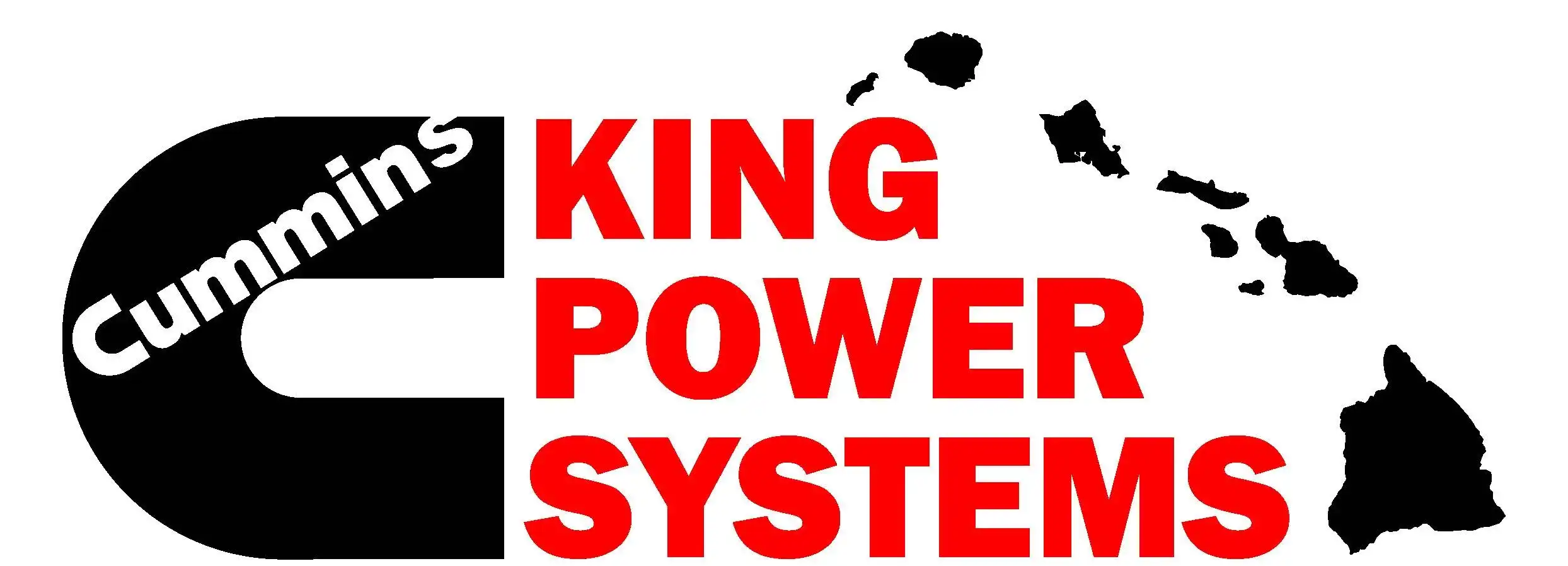HTA Publishes Community-Based Tourism Management Plan for Oʻahu

The Hawaiʻi Tourism Authority has published the 2021-2024 Oʻahu Destination Management Action Plan or DMAP, a guide to rebuild, redefine and reset the direction of tourism on Oʻahu.
According to the HTA, the community-based plan is part of its work toward Mālama Kuʻu Home (caring for my beloved home) and its accelerated efforts underway to manage tourism in a regenerative manner.
The Oʻahu DMAP identifies areas of need as well as solutions for enhancing the residents’ quality of life and improving the visitor experience. Community feedback was gathered during two virtual presentations as well as an online input form.
“We appreciate the Oʻahu residents who participated in the DMAP process and passionately contributed their diverse viewpoints, discussed various tourism-related challenges in their neighborhoods and helped set forth an actionable plan that is necessary for the community’s well-being,” said John De Fries, HTA president and CEO. “It’s about continued collaboration and moving forward together to malama this cherished place and each other, as desired by the people of Oʻahu.”
The DMAP focuses on key actions that the community, visitor industry and other sectors deem necessary over a three-year period. The foundation of the Oʻahu DMAP is based on HTA’s 2020-2025 Strategic Plan, and the actions are based on the four interacting pillars – Natural Resources, Hawaiian Culture, Community and Brand Marketing.
“Oʻahu is a special place and stands out from anywhere else in the world thanks to its natural beauty and its remarkable people. By working together as a community to care for our resources, we create an environment where our culture, our land and water, our economy, and our relationships can thrive,” said Mayor Rick Blangiardi. He continued, “In working with the Hawaiʻi Tourism Authority on Oʻahu’s Destination Management Action Plan, the City and County of Honolulu will focus on three community-based priorities: Protect our most popular sites and manage the experience for everyone who visits them, limit short-term rentals to resort zoned areas, and increase the use of sustainable visitor-related transportation options.”
The following actions were developed by the Oʻahu steering committee, comprised of residents representing the communities they live in, as well as the visitor industry, different business sectors, and nonprofit organizations, with community input. Representatives from the City and County of Honolulu, HTA and OVB also provided input throughout the process.
- Decrease the total number of visitors to Oʻahu to a manageable level by controlling the number of visitor accommodations and exploring changes to land use, zoning and airport policies.
- Implement a pre- and post-arrival tourism communications program to encourage respectful and supportive behavior.
- Identify sites and implement stewardship plans for key hotspots on Oʻahu.
- Increase enforcement and active management of sites and trails.
- Develop a reservation system to monitor and manage users at natural resource and cultural sites.
- Establish a “Regenerative Tourism Fee” that directly supports programs to regenerate Hawaiʻi’s resources, protect natural resources, and address unfunded conservation liabilities.
- Develop and implement marketing programs to attract positive-impact travelers who prioritize the environment, culture and investing in our local community.
- Continue to develop and implement “Buy Local” programs to promote purchase of local products and services to keep funds in our communities and minimize carbon footprint.
- Manage the visitors’ use of cars as transportation on Oʻahu.
- Work with community partners to develop, market, encourage, and support more collaborative, curated experiences that enrich residents and visitors alike.
Kealii Pang, president of the Oʻahu Council of the Association of Hawaiian Civic Clubs, said, “As a Steering Committee member, I was humbled by the thoughtful discussions on how tourism has impacted our communities on Oʻahu and the many diverse solutions that looked towards a future that is pono. The regenerative framework we developed should allow our local communities to maintain, perpetuate, and enhance Hawaiian values and traditions like kapu and mālama, and can provide visitors an experience that is unique and distinct to Hawaiʻi, incorporating its culture, and traditions. We anticipate this plan will meet the needs of the local community, the visitors, and the businesses that support the visitor experience, while honoring the host culture and caring for the ʻāina.”
The Oʻahu DMAP process began in March 2021 and continued with a series of virtual steering committee meetings, as well as two virtual community presentations in May.
Noelani Schilling-Wheeler, executive director of the Oʻahu Visitors Bureau, said, “The process, hard work and heart of every stakeholder in pulling together the Oʻahu DMAP actions has been humbling and very important. This has been a collaborative effort in an important step of bringing communities, government and industry to stewarding tourism the way our people know it should be steered. Now the hard work begins and we look to everyone to helping us push tourism forward in a sustainable manner for this place we love and our communities.”
The Summer 2021 Progress reports on the Kauai, Maui Nui and Hawaiʻi Island DMAPs were recently published and are available on HTA’s website:
- Kauaʻi – 61% of Phase 1 sub-actions in progresswww.hawaiitourismauthority.org/media/7681/kauai-dmap-progress-report_summer-2021_final.pdf
- Maui – 70% of Phase 1 sub-actions in progress; 1 sub-action completed www.hawaiitourismauthority.org/media/7679/maui-dmap-progress-report_summer-2021_final.pdf
- Lānaʻi – 63% of Phase 1 sub-actions in progress; 1 sub-action completed www.hawaiitourismauthority.org/media/7709/lanai-dmap-progress-report_summer-2021_final.pdf
- Molokaʻi – 60% of Phase 1 sub-actions in progress www.hawaiitourismauthority.org/media/7680/molokai-dmap-progress-report_summer-2021_final.pdf
- Hawaiʻi Island – 73% of Phase 1 sub-actions in progresswww.hawaiitourismauthority.org/media/7678/hawaii-island-dmap-progress-report_summer-2021_final.pdf









